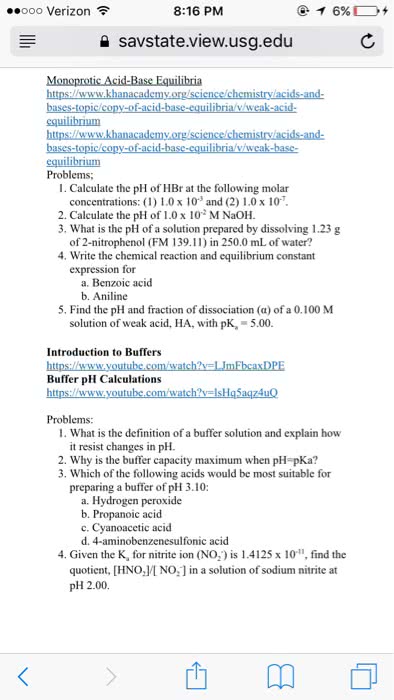KINS 1224 Chapter Notes - Chapter 24: Bicarbonate Buffer System, Weak Base
Document Summary
The blood and tissue fluid normally have a ph of 7. 35-7. 45. Our body produces acid from any different forces like anaerobic fermentation, nucleic acid catabolism, fatty acids and ketones. The ph of a solution is determined by its hydrogen ions. Strong acids give up most of this hydrogen ions and ionizes freely. Weak acids ionize only slightly and keep most of the hydrogen. A physiological buffer is a system like the respiratory or urinary system that stabilizes ph by controlling the body"s output of acids, bases, or co2. Of all buffer systems the urinary system buffers the greatest quantity of acid or base, but it requires several hours to days to take an effect. The respiratory system exerts an effect within a few minutes but can"t alter the ph like the urinary system. Chemical buffer is a substance that binds hydrogen and revolves it from the solution. A weak acid and weak base work together to create a buffer system.



